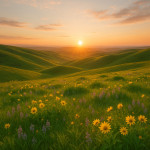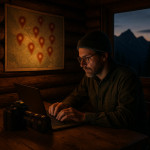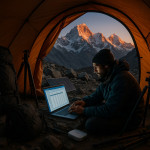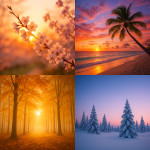Wildlife Safety Protocols: Questions to Ask Before Hiring a Nature Photographer
Booking a nature photographer is more than a creative choice; it's a safety decision for people, animals and fragile ecosystems. Discover the critical wildlife safety protocols you should verify—and the exact questions to ask—before signing any contract.
Why Wildlife Safety Protocols Matter
Whether you need images for a conservation campaign, a tourism brochure or a nature photographer directory listing, you must protect fauna, flora and crew during every shoot. A single misstep can:
- Stress or injure animals, altering their natural behaviour.
- Damage habitats and violate local or international regulations.
- Expose your brand to reputational and legal risk.
Pre-Hire Checklist: 12 Key Questions
1. What formal training do you have in wildlife behaviour and first aid?
Look for certifications such as Wilderness First Responder or equivalent field courses. Qualified photographers anticipate animal stress signals and know how to react calmly.
2. Which species-specific distances do you observe?
A responsible shooter quotes minimum approach distances—for example, 100 m for bears in North America or 25 m for penguin colonies in Antarctica—and explains how they enforce them.
3. How do you minimise habitat disturbance?
Ethical pros stick to existing paths, limit group sizes and avoid nesting or denning sites during sensitive seasons.
4. Do you carry and understand local permits?
Many protected areas require photography, drone or research permits. Ask to see copies and expiry dates. For aerial work, pair this with insights from our article on drone regulations for outdoor shoots.
5. What is your emergency response plan?
They should outline evacuation routes, satellite communication tools and coordination with park rangers. If the answer is vague, reconsider.
6. How do you prevent food or scent contamination?
Professionals pack meals in bear-proof canisters, store waste in sealed bags and avoid scented products that attract wildlife.
7. Which insurance policies cover wildlife incidents?
Verify public liability, equipment, and wildlife disturbance coverage. This protects both parties if an animal or habitat is harmed.
8. Can you provide recent references from conservation bodies?
Names like WWF field teams or national park services show the photographer works to rigorous standards.
9. What low-impact gear choices do you make?
Long lenses (400 mm+) replace close approaches. Silent shutters reduce noise. For a full gear deep dive, read how to evaluate a nature photographer's field gear list.
10. How do you manage location data to deter poachers?
Ask about GPS scrubbing and delayed social posts. Sensitive species like rhinos need location security.
11. Which conservation guidelines do you follow?
Global standards include the International League of Conservation Photographers' (iLCP) Code of Ethics. The best photographers list such frameworks in proposals.
12. How do you brief assistants and clients on-site?
Clear safety briefings ensure everyone, including influencers or brand reps, acts responsibly. Further etiquette tips appear in our piece on responsible landscape imagery.
Red Flags to Watch For
- A portfolio filled with extreme close-ups of dangerous wildlife without telephoto metadata.
- No mention of permits or insurance in their quote.
- Promises of “guaranteed” animal interactions—nature is unpredictable.
Comparison Table
| Question | Why It Matters | Ideal Answer Signal |
|---|---|---|
| Training & First Aid? | Reduces human and animal risk. | Wilderness First Responder, wildlife biology courses. |
| Minimum distances? | Prevents stress-induced aggression. | Species-specific numbers, e.g., 100 m for bears. |
| Emergency plan? | Fast, organised response saves lives. | GPS beacon, ranger contacts, med kit list. |
| Insurance? | Protects your organisation legally. | Liability ≥ €2 million plus wildlife disturbance clause. |
Boost Crew Engagement: Quick Quiz
Booking Workflow: Step-by-Step
- Discovery call—walk through the 12 questions above.
- Document verification—request permits, insurance certificates and safety plans.
- Contract clause review—include wildlife safety obligations, force majeure, and indemnification.
- Pre-shoot briefing—share location maps, species present and group behaviour rules.
- Post-shoot audit—confirm no habitat damage, and sanitise image metadata.
Cost Versus Safety: Finding Balance
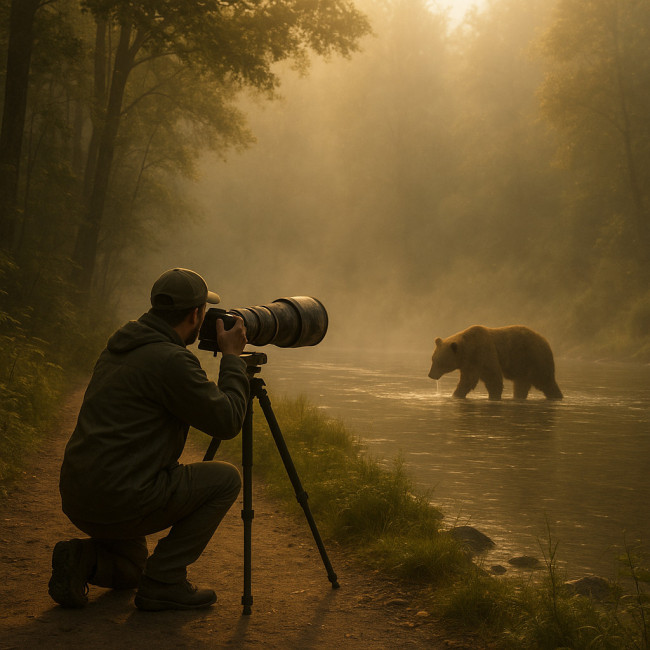
Ethical nature photographers may quote 10–25 % higher fees due to specialised gear, training and insurance. However, that premium offsets potential fines, rescue costs and reputational damage. If you're weighing budgets, our guide on budgeting remote projects outlines line items not to overlook.
FAQ
- Can we use drones near wildlife?
- Only with permits and species-specific distance rules. Many parks ban drones during breeding seasons to reduce stress.
- Is baiting animals ever acceptable?
- No. Baiting alters natural behaviour and can lead to food conditioning, increasing animal–human conflict.
- How early should we book to secure permits?
- Plan three to six months ahead; some protected areas cap annual photographer quotas.
- Who is liable if an animal is harmed?
- Both client and photographer may face fines or prosecution. Ensure contracts specify liability and insurance coverage.
Key Takeaways
- Prioritise photographers with documented training, permits and conservation references.
- Embed safety clauses and approach distances in contracts.
- Budget extra for ethical practices; it costs less than crisis management.
Ready to Hire?
Use the checklist above during your next discovery call and shortlist professionals who respect wildlife as much as stunning imagery. Safe shoots build stronger brands—and healthier ecosystems.

